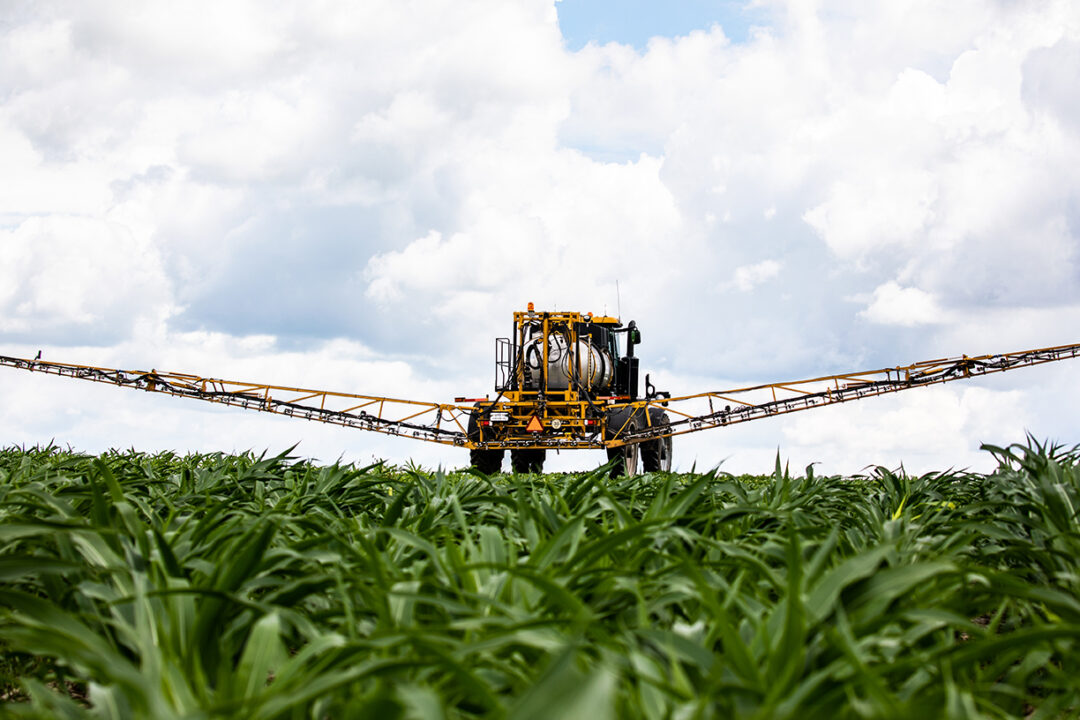Hoping To Prevent Resistance
Denny Myers, president of Myers Inc. in Lexington, IL, believes that an ounce of prevention is worth a pound of cure. That’s why he encourages his grower-customers to use resistance management practices now — BEFORE weed resistance/tolerance settles into the area.
Myers Inc., a CropLife 100 dealership, has six outlets in central Illinois, an area relatively unscathed by glyphosate-resistant/-tolerant weeds — so far.
“There’s been some glyphosate resistance south of us, but we haven’t run into too much of it here yet,� says Myers. “But we have seen some resistance to ALS (acetolactate synthase) herbicides.�
Preventive measures against glyphosate resistance/tolerance boil down to different modes of actions and different timings for Myers Inc. customers.
“We don’t like to see a straight glyphosate program,� he says. The grower can still use glyphosate but should plan to add a residual in front or tank mix it with another herbicide with a different mode of action.
“You try to use residuals, especially in the corn market,� he says. “Use acetochlor or a broadleaf compound. One option would be a Lexar- or Lumax-type product (both from Syngenta Crop Protection), Radius (Bayer CropScience), or SureStart (Dow AgroSciences). But we want to put a product down in front of the glyphosate.
“That’s going to help us get the small-seeded broadleaf weeds,� he explains. “We want it for help on the pigweed and lambsquarters. And then you’ll have a different mode of action for foxtail and other grasses as well.
“But for giant ragweed, I guess you want to have something with a little more broadleaf kick in it, so use a little atrazine,� Myers says.
On the soybean side, ALS products can be used on broadleaf weeds. “Or you can put the yellow compound (Dow AgroSciences’ Treflan) or another residual down in front of glyphosate,� he says.
Unlike retailers dealing with resistant weeds, at this point Myers Inc. is not recommending changes in crop rotations.
“We’ve always been telling our growers that we want to have different modes of action so that we don’t have resistance here,� he says. “I’m sure that some day we are going to, but at this stage of the game, we haven’t seen it yet. I do have some growers that I have putting the straight glyphosate on. We’ve been discouraging them from doing that, but whether they listen to you or not is another thing.�






